Samarkand - the Afrasiyab Settlement
Afrasiyab is the name of the legendary and mythical King of Turan and one of the legendary heroes “Shahnameh”, poems of the great Persian poet Ferdowsi. Under the same name is known the place where the ancient Samarkand – its original core – the settlement Afrasiyab was located.
It was one of the first settlements on the territory of the modern city, called Marakanda, and was founded in the middle of the first millennium BC, when it was surrounded by fortified walls.
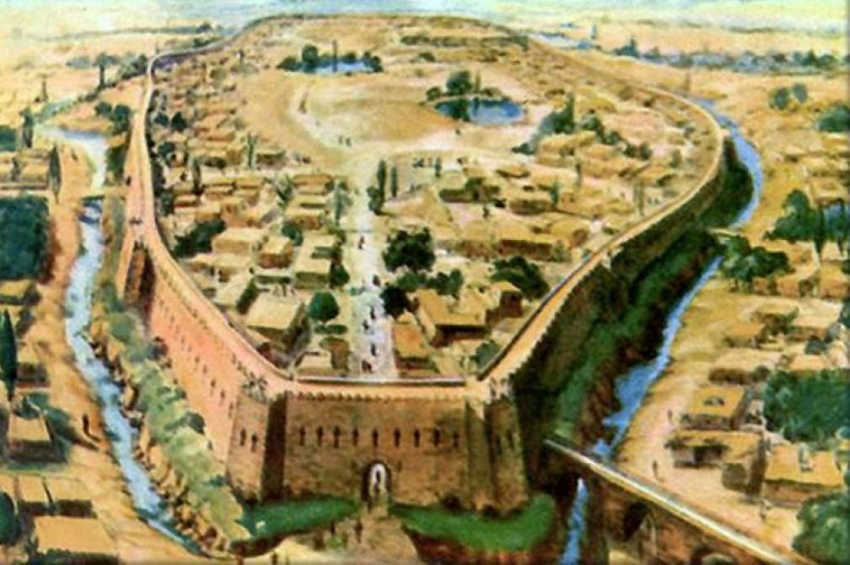
Turan, in turn, is the name of a vast territory that occupies almost all of Central Asia. At the beginning of the VIII. It was conquered by the Arabs and soon became an important centre of Muslim culture.
In 1220 it was almost completely destroyed by the Mongol ruler Genghis Khan. Afrasiyab was conquered by Alexander the Great in 329 BC. Excavations carried out (with interruptions) since 1874 have shown that life on Afrasiyab was almost uninterrupted from the VI century BC until its destruction by the Mongols in 1220.
The Afrasiyab settlement consists of a citadel, an inner city and a suburb. Residential and craft quarters, a mosque, the remains of a palace from the VII-VIII centuries, where polychrome murals were discovered in 1965, have been opened.
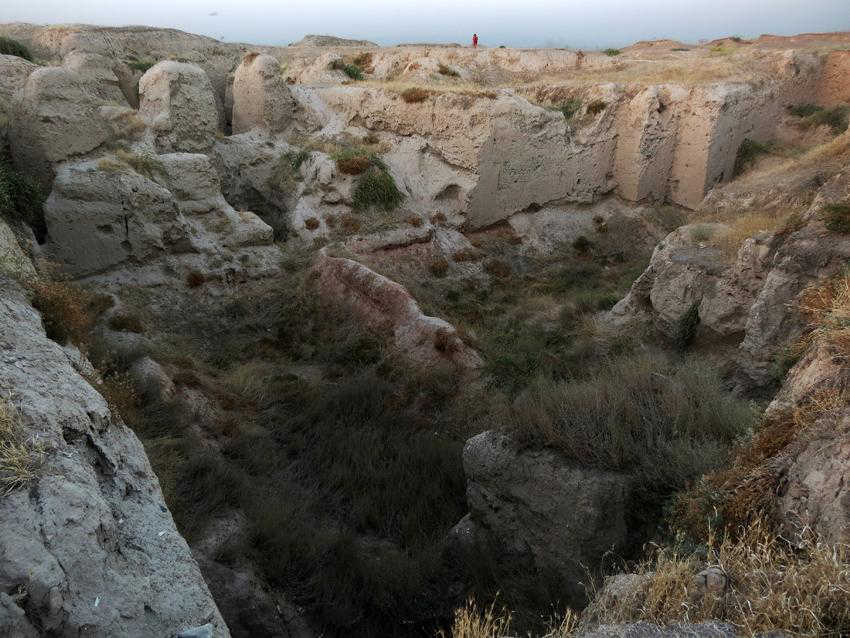
The Afrasiyab settlement is now a huge accumulation of uninhabited hills bordering the modern city on the north side. In the distant past, life was boiling here. For this reason our scientists are very interested in Afrasiyab.
The archaeological research on the settlement of Afrasiyab began at the end of the XVIIIth century. The archaeological research on Afrasiyab began at the end of the XVIII century, shortly after Central Asia was annexed by Russia, with excavations carried out by Borzenkov in 1874 and Krestovsky in 1883.
The first amateur excavations were not of serious scientific importance, but they brought valuable findings. Subsequent archaeological research conducted here has fully confirmed that Samarkand was one of the largest commercial and cultural centres in Central Asia long before our time.
In the settlement of Afrasiyab, beautiful finds of cast and waterless clay tableware, many terracotta statuettes, fragments of ossuaries, glassware, various tools, women’s jewellery, coins and so on were found.
Archaeological finds give an impressive account of life in ancient Samarkand during the many centuries of its existence. It is now proven that the settlement of the urban character in Afrasiyab existed two and a half thousand years ago.
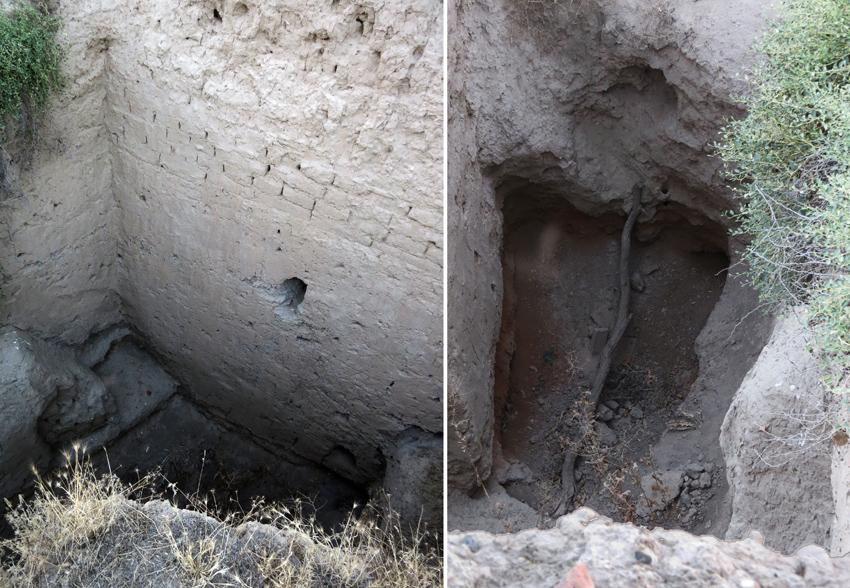
The city was surrounded by mighty fortress walls, within which the citadel of Shakhristan, a jam mosque, dwellings and craft workshops were already located in that period. The territory of the city was crossed by direct stone streets and divided into quarters – Guzar.
The burial mound discovered during excavations in 1965 in the centre of Afrasiyab was of exceptional archaeological value. What was found here surpassed all the expectations of scientists.
Buildings made of raw bricks excavated in the depths of the mound, colourful murals, inscriptions in the Sogdian language, many household items, glassware – from miniature glasses to inkpots – revealed the rich original culture of the ancient city to archaeologists and historians.
In this way, the veil of the mystery of Afrasiyab was lifted. Several buildings from the VI to VII centuries were uncovered. Their walls are decorated with very artistic paintings, painted with glue colours on clay plaster.

In one of the rooms in which the archaeologist Warhotowa conducted excavations, strange genre paintings were found, which are on the walls on three floors. Ancient painters depicted in vivid colours a majestic procession of men and women carrying rich gifts and dressed in festive costumes. Real and fantastic animals take part in the procession.
These genre paintings, characterised by the vividness of the colours, bear witness to the high level of skill of their creators and provide rich material for the study of the cultural history of Central Asia before the Islamic conquest.
On the walls of the palace, which belonged to the ruler Samarkand Ishkhid, a talented artist wrote a great composition. A white elephant with a bell on its neck and in a collection of tassels moves before the procession.
The main figure on the elephant apparently represents a princess or queen. The elephant is followed by three women on horses. The image of one of the female figures is relatively well preserved.
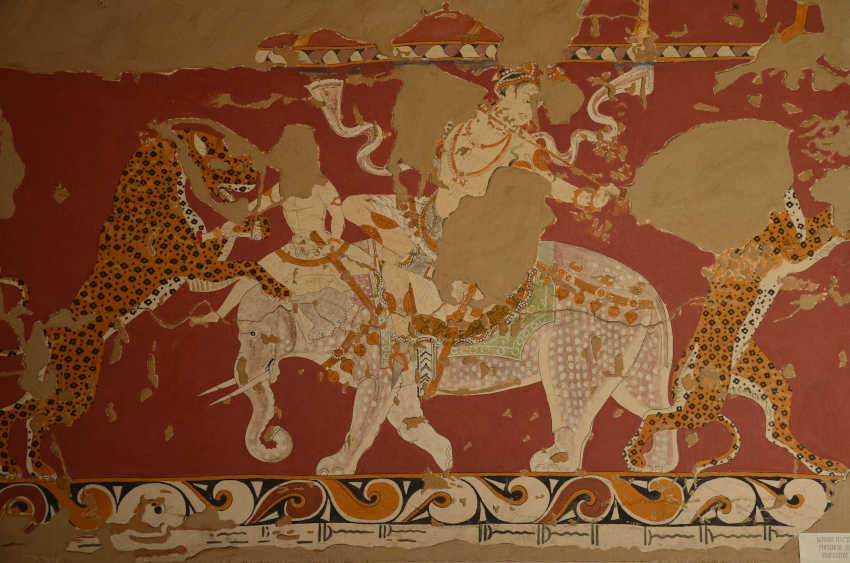
She wears a short red dress, yellow trousers and black boots. Her hands are decorated with bracelets and a scarf is thrown over her shoulder. Behind the women, two men are depicted on camels.
The riders are armed with long straight swords and short daggers hanging from their belts. To their right they see a flock of birds resembling geese or swans. The birds are accompanied by bearded warriors in white clothing, who are led on their horses, and by a young man walking behind the horse.
Behind him on a yellow horse sits a rider dressed in a red caftan of richly decorated fabric. The artist portrays the rider in a disproportionate size compared to other figures.
In all probability the painting depicts a wedding procession. The elephant is brought to the palace to meet the groom of Princess Chaganyan. She is accompanied by her friends and honourable dignitaries.
The large figure of a rider on a large yellow horse seems to be the groom or King of Samarkand or one of his Sons.
There are Sogdian inscriptions on the faces, hands and, above all, on the clothing depicted in the paintings of the above-mentioned figures. A large hall decorated with wooden sculptures was also excavated.
They were charred in the fire that destroyed this building thirteen centuries ago. This contributed to the preservation and conservation of the sculptures. Landscape bas-reliefs were found in other rooms of the palace.
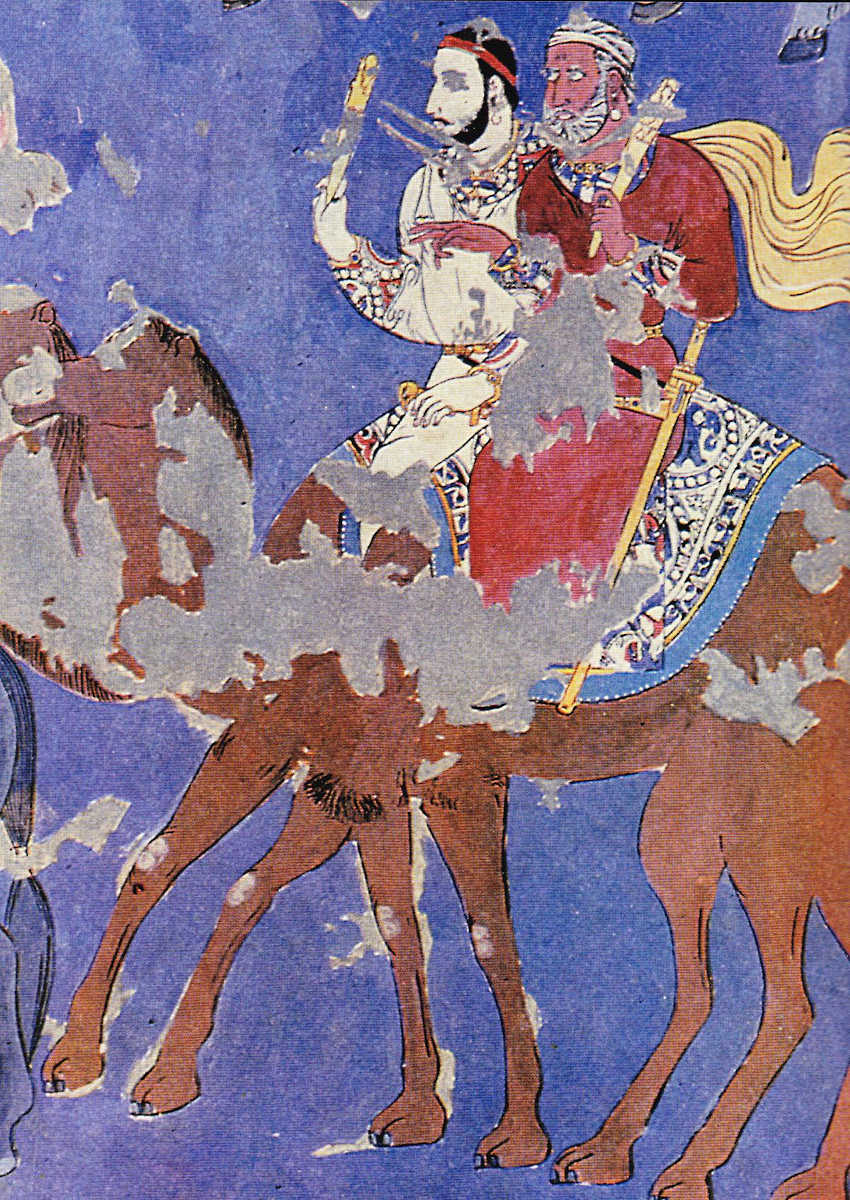
The combination of colours that have retained their brightness and juiciness is fascinating: shades of blue, white, yellow, red and brown. The combination of them does not give the impression of colourfulness. The tones of the wall paintings are harmoniously combined and caress the eye like a bouquet of bright spring flowers.
The subtlety of the drawing, the careful elaboration of all details, the expressive drawing of faces and figures are amazing. Everything points to the centuries-old traditions of art. Particularly striking is the strength and durability of the chemical composition of colours that have survived the test of time.
New brilliant art patterns of the old masters of Samarkand, which surpass everything known so far in their careful execution and colourfulness, have already taken their honourable place in the art history of the peoples of the East.
